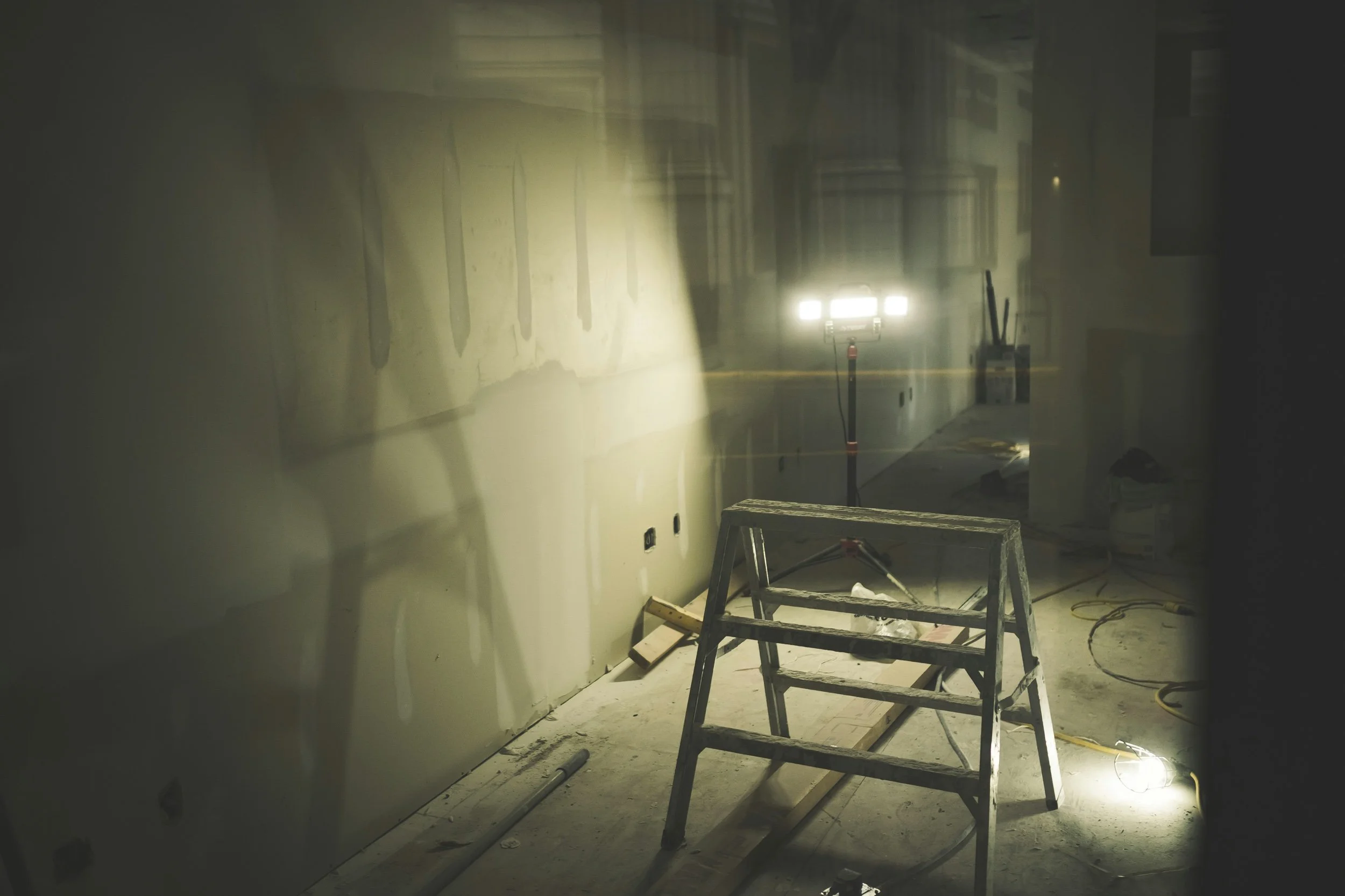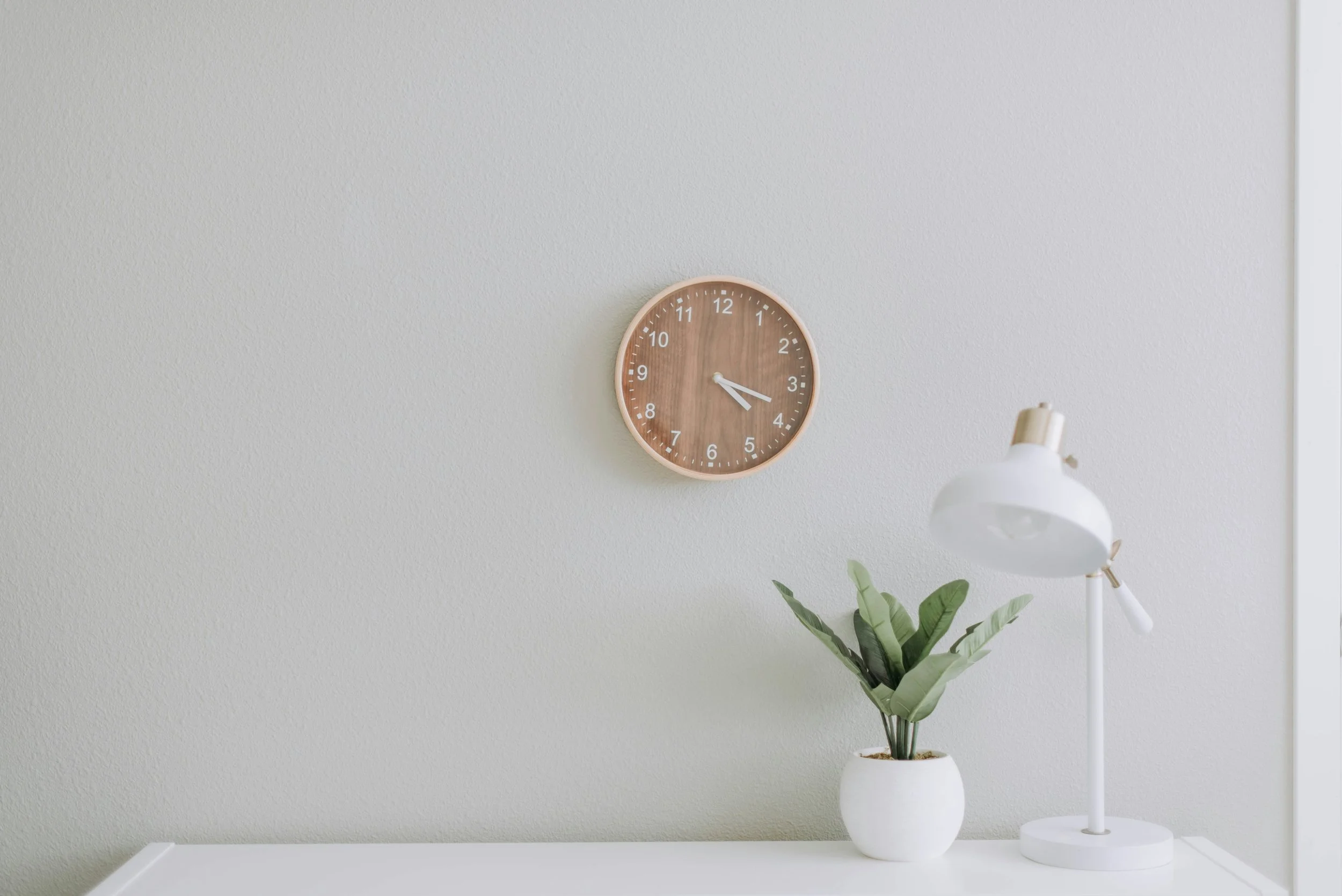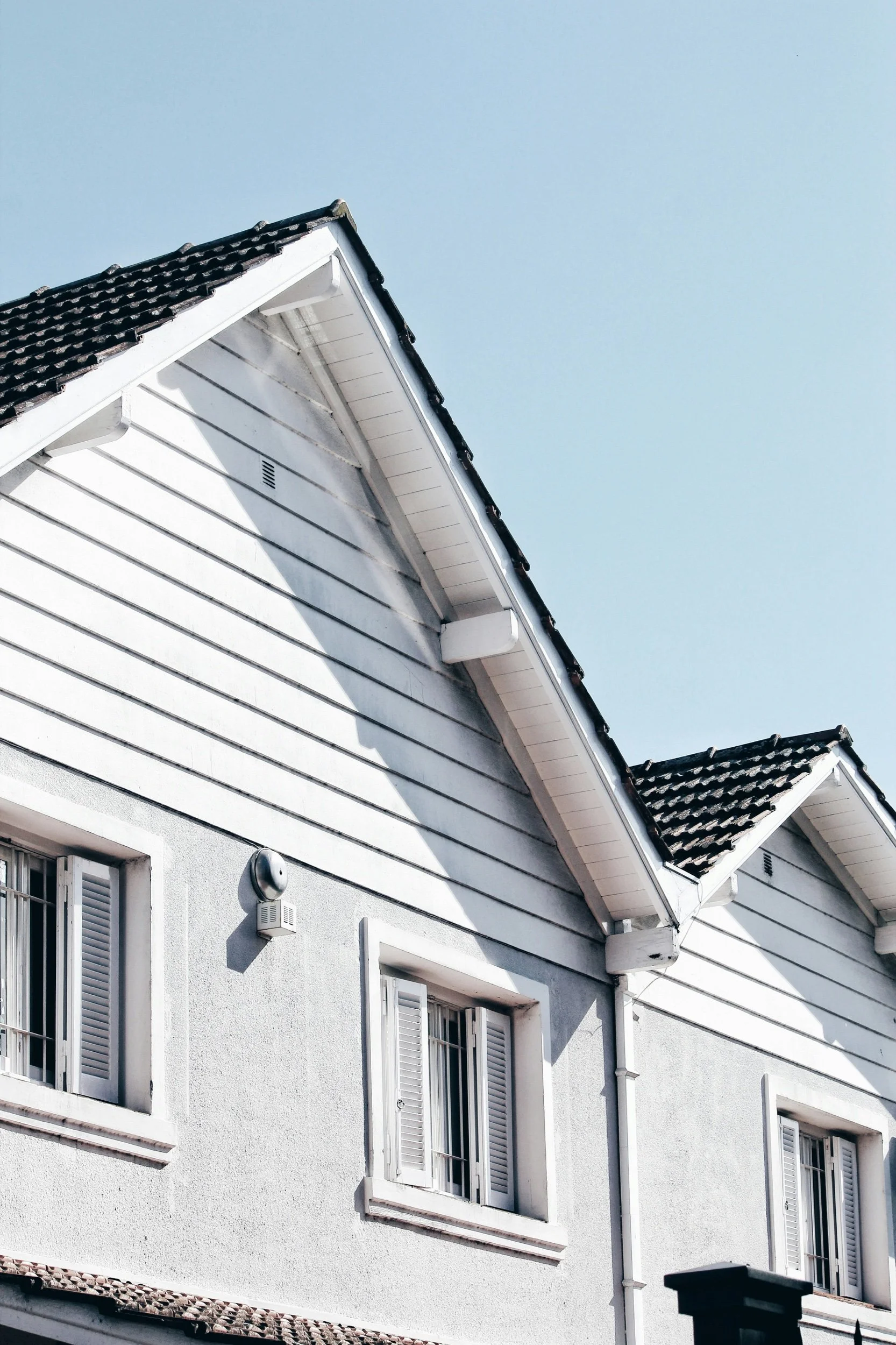The Ultimate Guide to Addressing Wall Damage for a Stunning Finish
When it comes to home improvement and maintenance, addressing wall damage is often a task that many homeowners overlook. Whether it’s due to wear and tear, accidental bumps, or water damage, damaged walls can detract from the overall aesthetic of your home. Properly repairing these issues not only enhances the appearance of your walls but also contributes to the overall value of your property. In this comprehensive guide, we will explore various types of wall damage and provide insights on how to effectively restore your walls to their former glory.
Understanding Different Types of Wall Damage
Most types of wall damage can be categorized into a few major types. Holes and dents are perhaps the most common instances, resulting from furniture, door handles, or other everyday activities. Water damage, often seen as stains or peeling paint, can lead to more severe issues if not addressed promptly. Another significant type involves cracks, which can be the result of settling or structural issues within the home. Understanding these varieties is the first step toward effective restoration. To tackle any wall damage effectively, it's useful to identify the primary defect you’re working with. For instance, minor dents and nail holes from hanging pictures can typically be repaired with minimal effort. In contrast, larger damages such as water leaks or structural cracks may require professional intervention to address the underlying issues before any cosmetic treatments can be undertaken.
Assessing the Damage
Before embarking on the repair journey, a thorough assessment of the damage is essential. This may involve inspecting your walls for signs of moisture damage or structural problems. Utilize a flashlight to spot any hidden issues. In case of wall damage due to moisture, check for discoloration or bubbling paint. Similarly, a damp spot may suggest the need for a more careful inspection to determine the source of the leak and fix it to prevent further problems. Depending on your findings, you may decide to undertake repairs yourself or seek out professional help. Those with a discerning eye can often carry out repairs for surface-level issues. If the damage is extensive, it might be prudent to contact drywall repair services to ensure it is addressed correctly. This will help preserve your wall's integrity and visual appeal.
DIY Repairs for Minor Damage
For small holes and cosmetic imperfections, many homeowners can successfully conduct repairs without professional assistance. Start with cleaning the area around the damage and ensuring it is dry. For minor holes, spackling paste can often do the trick. Apply the paste with a putty knife, allowing it to fill the hole completely. Once dry, you can sand the area with fine-grit sandpaper to create a smooth finish, ready for a fresh coat of paint. Cracks, on the other hand, may need a bit more finesse. For hairline cracks, a simple application of paint or a specialized crack-repair compound may suffice. Deeper or wider cracks signal bigger problems; tape may need to be applied, followed by a compound to fill in the gap completely. After repairs are made, touch up the paint to match the existing wall color. This final touch enhances the uniform look of the wall and helps mask any remnants of the repair work.
Repairing Water Damage
Water damage presents unique challenges that require a systematic approach. First, one must identify the source of the leak. This could be due to faulty plumbing, roofing issues, or even condensation. Until the source is fixed, any repairs made will be temporary and may lead to recurrence of damage. Once the source has been located and repaired, the affected area can be treated. This may involve removing the damaged drywall and replacing it with new panels. If mold is present, it must also be treated or removed as part of the process. Use a mold killer spray on any surfaces before replacing drywall. After removing damaged materials, ensure that the area is adequately dried to prevent future mold growth. Once dried, new drywall can be hung, taped, and mudded before it’s ready for painting. It's crucial to match the texture of the surrounding areas for a seamless finish, thereby contributing to the overall aesthetics of your home.
Finishing Touches: Painting and Beyond
Once repairs have been made, the last step focuses on finishing touches. After ensuring the wall is smooth and clean, a fresh coat of paint is typically one of the most effective ways to bring back its original charm. Choose the right kind of paint that not only matches your interior design but also stands up to wear and tear. Consider using a paint with low volatility organic compounds (VOCs) for an eco-friendly approach that promotes indoor air quality. This type of paint often comes in a wide array of colors and finishes to suit any style preference. Finish by applying adequate sealing where necessary to help your walls endure wear over time.
Maintaining Your Walls After Repair
To keep your walls looking pristine, regular maintenance is key. Regularly clean your walls with gentle solutions to prevent dirt build-up without damaging the paint. Be mindful of humidity levels in your home, as excess moisture can lead to damage over time. If you notice signs of wear or minor damage occurring, address these issues promptly to keep them from escalating. Ensuring furniture is placed mindfully can prevent accidental nicks and bumps in high traffic areas. Furthermore, consider repainting your walls every few years, particularly in living areas, for a fresh look and a protective barrier against everyday wear.
Achieving stunning walls is not just about repairs after damage occurs but maintaining their integrity through regular attention and care. By following these steps, you can enjoy walls that not only look great but can stand the test of time.




